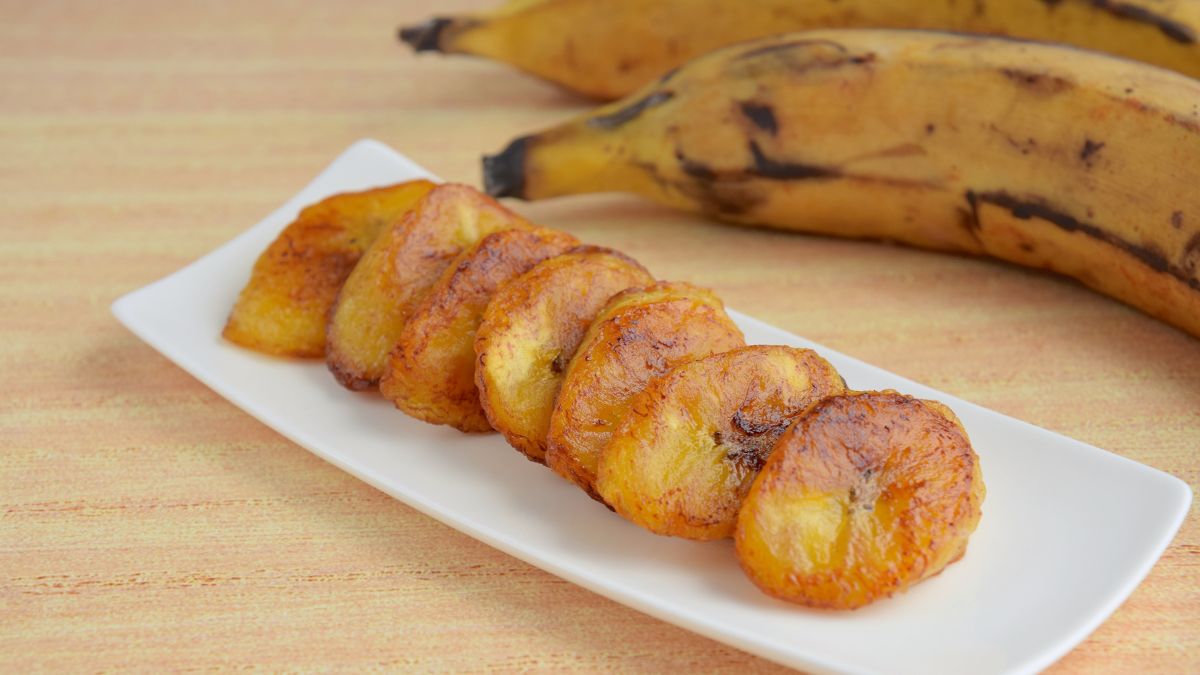Physiotherapy for Stroke Patients: Techniques for Improved Mobility
Physiotherapy for Stroke Patients: Techniques for Improved Mobility
Plantain: Resistant Starch Source and Cooking Necessity

Plantain: Resistant Starch Source and Cooking Necessity
Plantains, often overlooked in the shadow of their sweeter cousin, the banana, stand as a culinary titan in their own right. This humble fruit, a staple in many tropical countries, is not just a food item; it is a cultural emblem, a source of versatile culinary applications, and a nutritional powerhouse, particularly noted for its resistant starch content.
Resistant starch, a type of carbohydrate not digested in the stomach or small intestine, reaches the colon intact. Here lies the magic: in the colon, it serves as a prebiotic, nourishing beneficial gut bacteria. This process not only aids digestion but also contributes to a range of health benefits, including improved insulin sensitivity and lower blood sugar levels – a godsend in our sugar-saturated world. The beauty of plantains lies in their rich composition of this starch, especially when they are green and unripe.
The transformation of plantains when cooked is nothing short of alchemy. In their raw form, they are starchy and not particularly palatable, but apply heat, and they reveal their true versatility. In the culinary world, plantains are like clay in the hands of a potter, adaptable to countless forms and flavors. In parts of Africa, they are sliced, dried, and ground into flour, becoming the backbone of dishes like fufu, a staple that pairs with soups and stews. In Latin America, the ripe plantains are often fried, caramelizing their sugars, and turning them into a dish that strikes a perfect balance between sweet and savory.
This versatility isn’t just a culinary delight; it’s a testament to the resilience and resourcefulness of the cultures that have depended on this fruit. Plantains can be a side dish, a snack, a dessert, or even the main course, adapting to the needs and tastes of the people consuming them. From the spicy, fried plantain chips found in roadside stalls in India to the sweet, smooth texture of maduros in a Cuban meal, plantains cross borders and break culinary barriers.
But plantains are more than just a versatile ingredient; they are a necessary one. In regions where food insecurity is a grim reality, the plantain is a beacon of hope. It grows abundantly, requires minimal care, and provides substantial nutritional value – a true gift of nature. It’s a food that sustains, that brings communities together, that forms the basis of meals shared between families and friends.
In our fast-paced, ever-changing world, the plantain stands as a reminder of the power of simple, natural foods. In its essence, the plantain teaches us the beauty of transformation – both in the kitchen and beyond. It’s a testament to the fact that often, the most ordinary-looking things hold within them the most extraordinary potentials.
The plantain, with its unassuming appearance, is more than just a resistant starch source and cooking necessity. It’s a bridge between cultures, a source of nourishment, a culinary chameleon, and a symbol of the enduring power of nature’s gifts. In the chorus of the world’s foods, the plantain sings a strong, clear note – one of resilience, versatility, and unpretentious beauty. This is the plantain’s legacy: simple, sturdy, and absolutely essential.